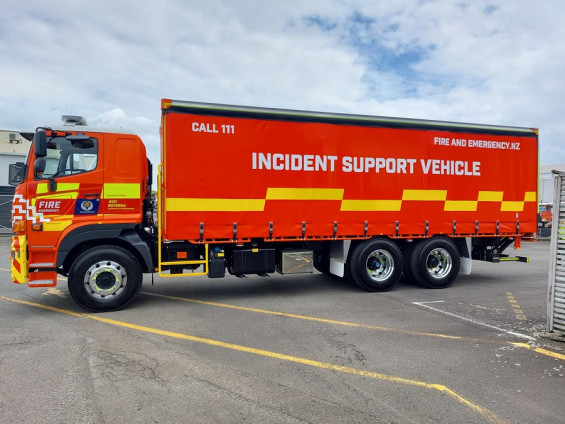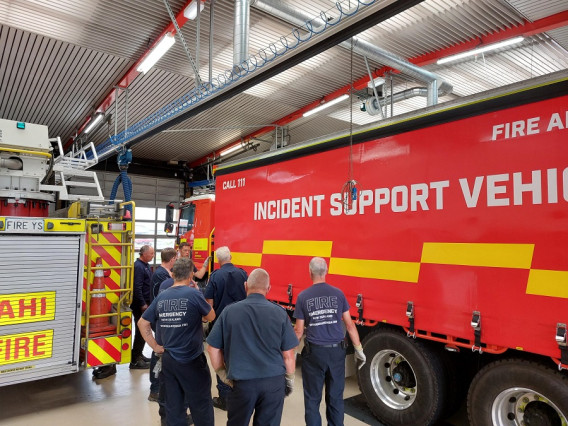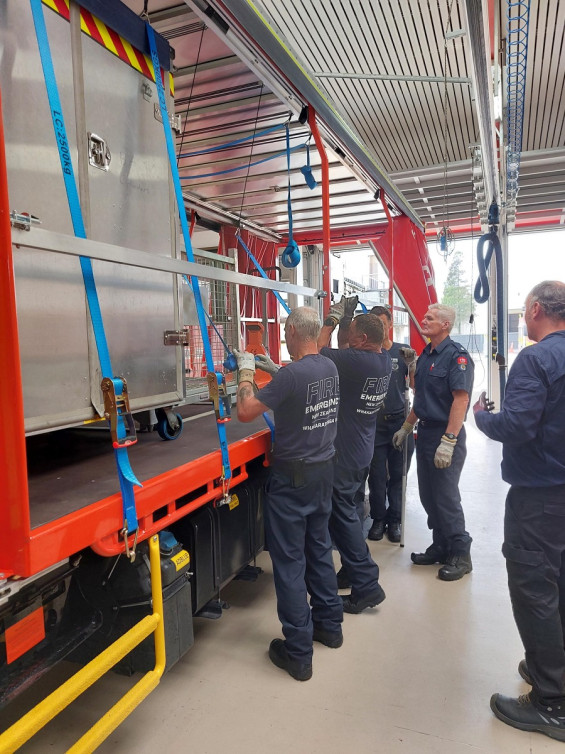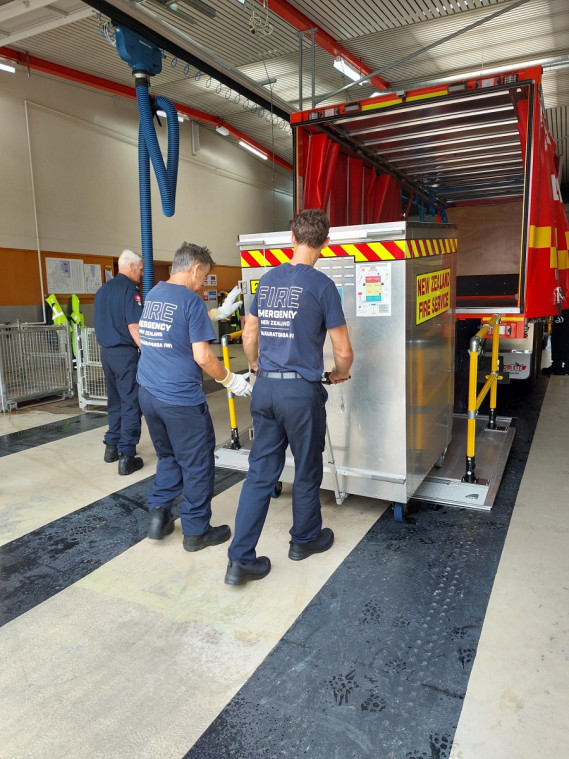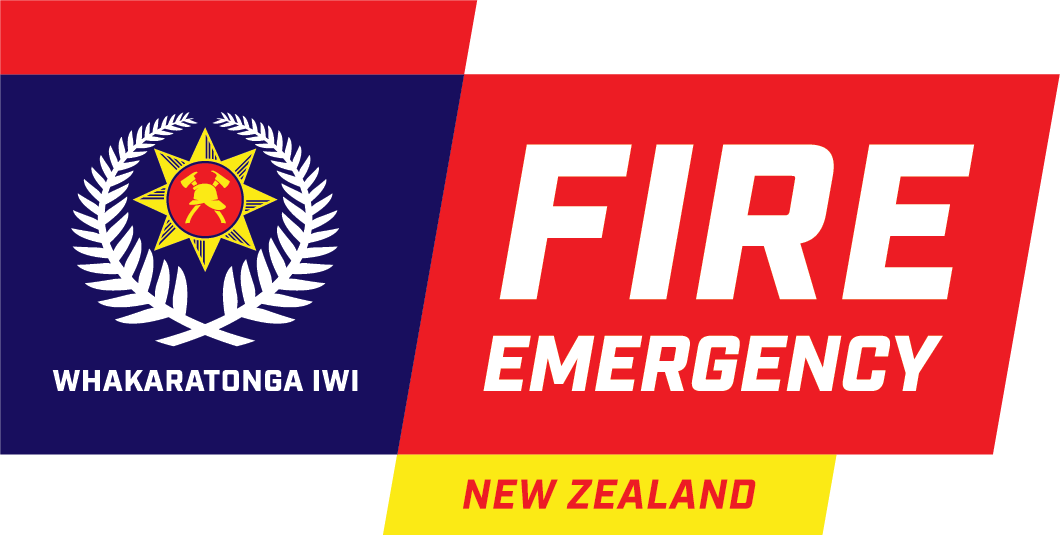Brigades receive new Incident Support Vehicles
Whangārei, Washdyke, and Rotorua Brigades have each received a brand new Incident Support Vehicle (ISV) which is used to carry bulk equipment to incidents.
The Vehicle Development team worked with each of the three Brigades to discuss their needs and incorporate their local requirements into the business case and tender process. The end result is a fit for purpose ISV designed to support local, district and, if the need arises, national incidents.
Each Business Case had different requirements and described three very different types of load and equipment caches to be carried. These requirements were met with the provision of a freight industry standard curtainsider with integral rear tail lift.
Gary Northey, Vehicle Development Engineer, said Fire and Emergency has a supply agreement in place which allows each ISV to be built the same way but still flexible enough for each Brigade to use them in the way they need to.
‘We’ll follow-up with the Brigades in a few months to find out what is working well and find out anything that could be improved. This will help to share the knowledge across the three Brigades, as well as any potential changes for future ISVs.’
The three ISVs were built on a Hino Cab/Chassis with an industry standard Mills-Tui curtainsider rear body. Washdyke and Whangarei received a 4x2 Hino FG1628 (medium ISV), which is the same cab/chassis as the recent Water Tankers, whilst Rotorua received a three axle 6x4 Hino FM2632 (heavy ISV).
As well as the vehicle build, the project included the supply of various crates and pallets to accommodate each District’s specific equipment, with a pallet truck incorporating integrated scales so that each pallet can be easily weighed to ensure maximum weights are not exceeded on the vehicle.
External freight industry experts and advisors were engaged to provide training to use the vehicles, covering New Zealand Road and Truck Loading Codes, safe loading, load security, weight distribution, vehicle axle limits, side curtain usage, and the safe use of load binding ratchet straps.
National Manager Response Capability Paul Turner said he wanted to thank Gary, Bruce Crosbie from the Fleet team and Keith Pedley, National Operations Advisor Operational Standards, Response Capability.
‘They all did great work in supplying the trucks, ensuring they met the requirements of each brigade, designing a flexible stowage solution, providing not only the trucks but the stowage and pallet jacks, and arranging the training, including vehicle familiarisation and specialist training, from external experts on safe loading and stowage.’
Photos show Rotorua Brigade on one of their training sessions securely loading and strapping down different size loads and discussing the characteristics of the vehicle.
